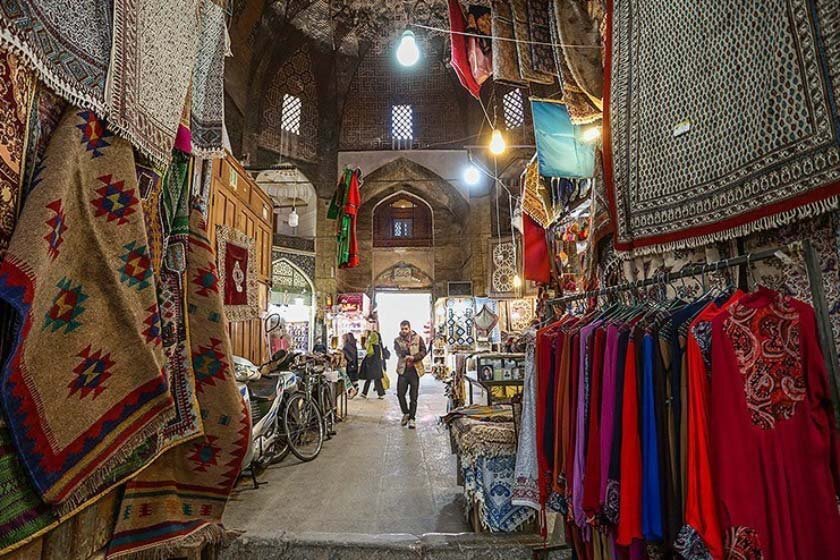Labyrinthine Bazaar of Isfahan undergoes beautification project

TEHRAN - The labyrinthine Bazaar of Isfahan, one of the fascinating traditional marketplaces in central Iran, has undergone a beautification project, Isfahan’s tourism chief announced on Monday.
A budget of 200 billion rials ($4.7 million at the official exchange rate of 42,000 rials per dollar) has been allocated to the project, which is being carried out by the province’s Cultural Heritage, Tourism and Handicrafts Department in collaboration with Isfahan Municipality, Ali Kamyabi said on Monday.
Locally known as Bazaar-e Bozorg, the Bazaar of Isfahan links the UNESCO-registered Imam Square (originally known as Meydan-e Naqsh-e Jahan) with the Jameh Mosque of Isfahan. Its charms may never end for enthusiasts of Persian culture seeing numerous craftspeople boasting skills in the mazing arcades producing handicrafts with copper, woods, ceramics, and wool.
Sometimes called “a city within another”, the bazaar is a maze of lanes, madrasas, caravanserais, and timchehs (domed halls or arcaded centers of a single trade, such as carpet vendors or coppersmiths). It can be entered at dozens of points, but the main entrance is via the Qeysarieh Portal at the northern end of Naqsh-e Jahan Square.
At its busiest in the mornings, the bazaar’s arched passageways are topped by a series of small perforated domes, each spilling shafts of light onto the commerce below. While the oldest parts of the bazaar (those around the mosque) are more than a thousand years old, most of what can be seen today were built during Shah Abbas’ ambitious expansions of the early 1600s.
Soaked in a rich history, Isfahan was once a crossroads of international trade and diplomacy in Iran and now it is one of Iran’s top tourist destinations for good reasons. The city is filled with many architectural wonders such as unmatched Islamic buildings, bazaars, museums, Persian gardens, and tree-lined boulevards.
Many international travelers to the central Iranian city believe that it equals an endless charm by embracing so many diverse monuments, landscapes, and above all; hospitable people. The historical core of Isfahan is a masterpiece of Safavid-era architecture popularly known as “half of the world” meaning seeing it is relevant to see the whole world.
ABU/AFM

Leave a Comment